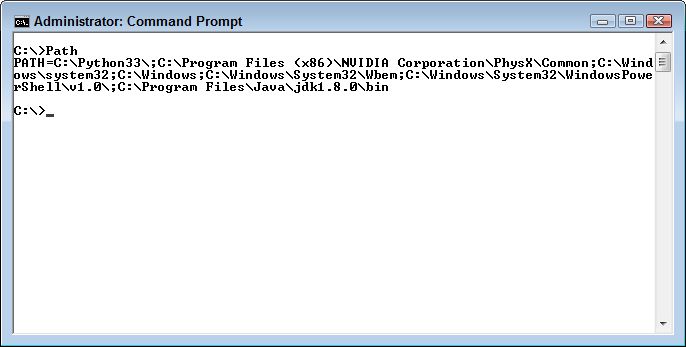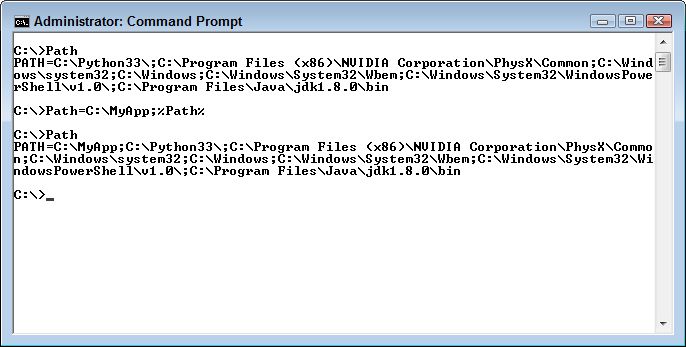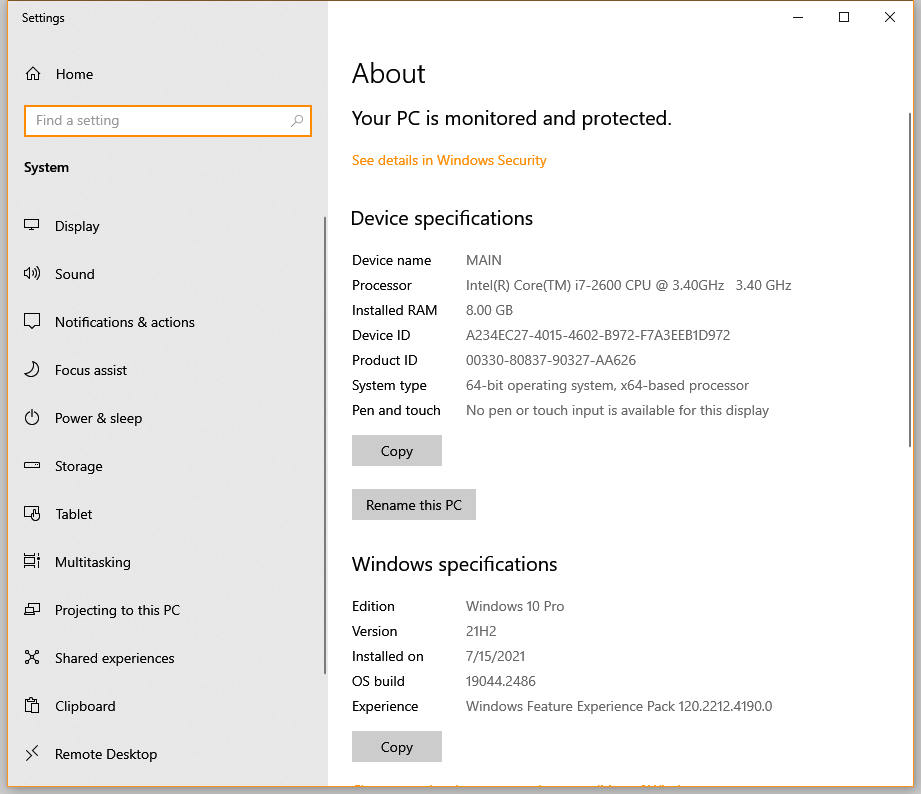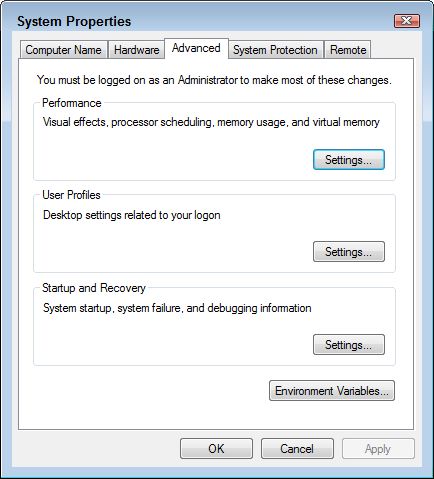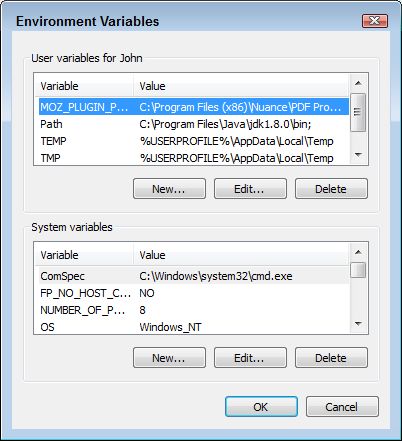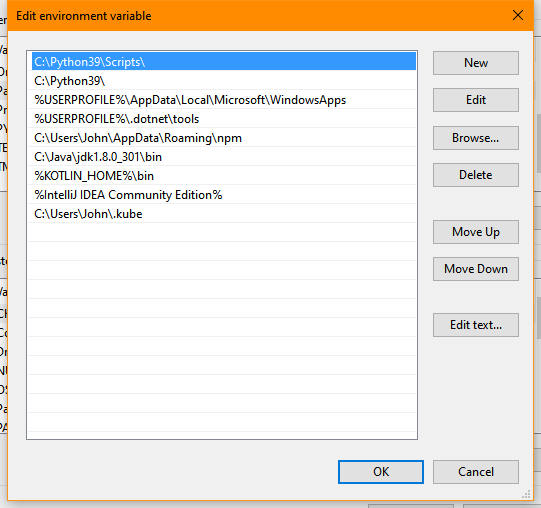This is an update of a post that originally appeared on February 23, 2012.
I regularly receive a stack of e-mail about my books. Readers question everything and it makes me happy to see that they’re reviewing my books so closely. It means that I’m accomplishing my principle goal, helping you understand computers in every possible way so that you can be more productive and accomplish tasks with less effort. When I make something easier for someone and they tell me about it, the grin extends from one side of my face to another. It really makes my day.
Some readers are still asking me if it’s OK to send me comments. I definitely want to see any constructive comment that you have. Anything that helps me understand your needs better makes it possible for me to write better books. I really do want to hear from you. The main element that I need to obtain a usable comment is that it’s constructive. A comment that lacks details isn’t helpful because I’ve written so many books. Emotional comments without any substance are especially hard to deal with because they leave me wondering what you need from me. Here are some of the things you can do to create a constructive comment:
- What is the title of the book you’re reading (be sure to include the edition number, which is usually right on the cover unless it’s a first edition)?
- Are you using the downloadable source code if this is a programming book?
- Did you install the recommended version of any required software using the instructions found in the book?
- Which page contains the error (if you’re using Kindle or other electronic media, please provide a chapter number and section title as a minimum)?
- What do you view as an error on that page?
- How would you fix the error?
- What sort of system are you running?
- When did you encounter the problem?
The more information you provide, the easier it is for me to understand the issue and provide you with feedback. In many cases, I’ll upload the fix to my blog so that everyone can benefit from the response (so be sure you keep an eye on my blog for new entries). I work hard to ensure that my books are as error free as possible, but everyone makes mistakes. Also remember that sometimes mitigating factors, such as differences in software versions or anticipated hardware, make it appear that there is an error in the book when you’re really looking at a different in environment. Help me provide you with better books—send me comments!
There are a few things that I won’t do for you. I won’t help you pass an exam at school. Your learning experience is important to me, which means that I want you to continue your education by working through the instruction on your own. I also don’t provide free consulting. This means I won’t check the code that you created on your own for errors. In addition, if you don’t use the downloadable source, be sure to read Verifying Your Hand Typed Code for restrictions on the level of support that I provide. I’ll help you with any book-specific question, but I draw the line at that point. Let me know if you have any input or insights on my books at [email protected].

